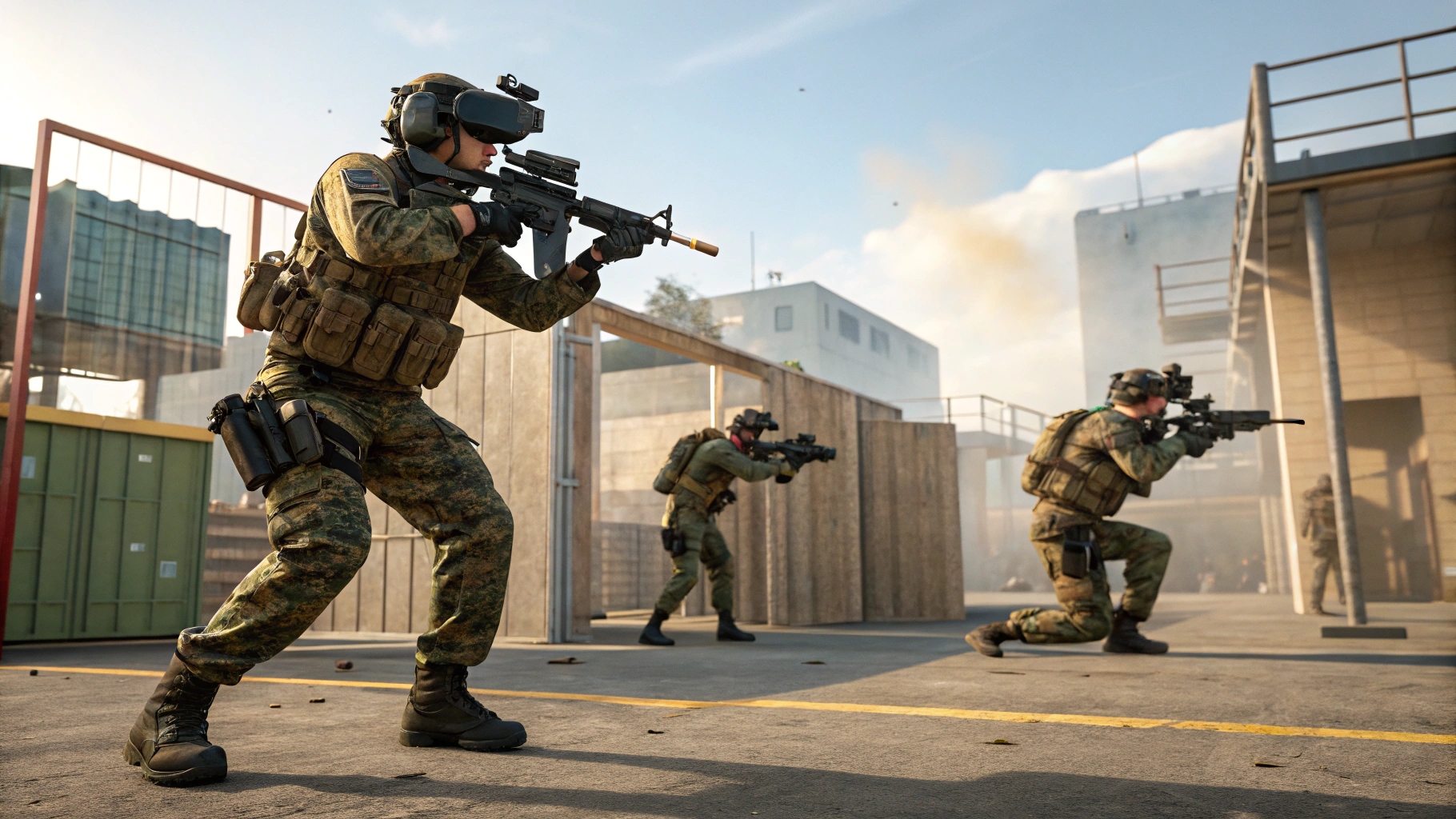
Boeing and Leonardo have teamed up to propose a contractor-operated Flight School Next solution intended to modernize the U.S. Army’s helicopter pilot training ecosystem. Under the joint bid, Boeing would lead training design, systems integration, and delivery of synthetic and live instruction based on its extensive experience with complex rotary-wing training pipelines — notably for platforms like the AH-64 Apache — while Leonardo would provide its AW119T single-engine multirole helicopter as the core training airframe. The package emphasizes a comprehensive contractor-owned, contractor-operated (COCO) model that bundles aircraft, simulators, instructor cadres, digital training management, and automated maintenance logistics to increase training throughput, flight hours, and pilot readiness. Central to the offer is the AW119T, a dual-control, glass-cockpit helicopter already used for training and light operational roles in several countries. Leonardo’s platform brings night-vision-compatible avionics and a digital instrument suite suitable for advanced pilot instruction and instrument-rated flight experience. Boeing’s contribution centers on integrating high-fidelity simulators, blended synthetic environments, and data-driven performance tracking to maximize live-fly training efficiency. The partnership promises streamlined scheduling, predictive maintenance to reduce aircraft downtime, and curricula designed to ramp student proficiency more quickly than current models. The Flight School Next initiative seeks to replace legacy systems such as the UH-72A Lakota with a more mission-representative training pipeline that better prepares aviators for modern multi-domain operations. By pairing an operationally relevant training helicopter with robust synthetic training and logistics automation, Boeing and Leonardo argue their bid reduces lifecycle cost while delivering a higher tempo of qualified pilots. Their approach reflects broader defense trends toward integrated synthetic/live training and contractor-provided training services that can scale with force-structure demands.



